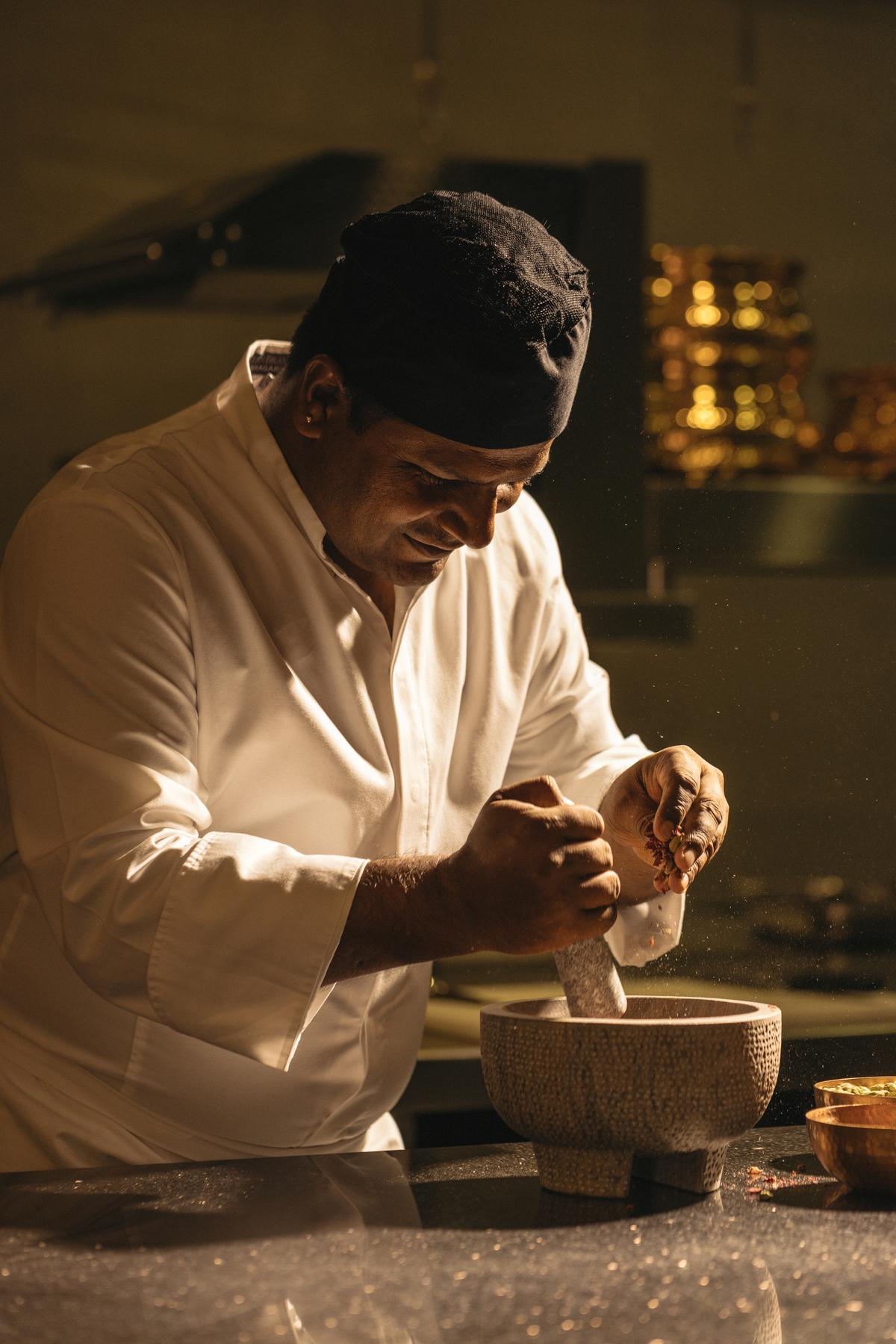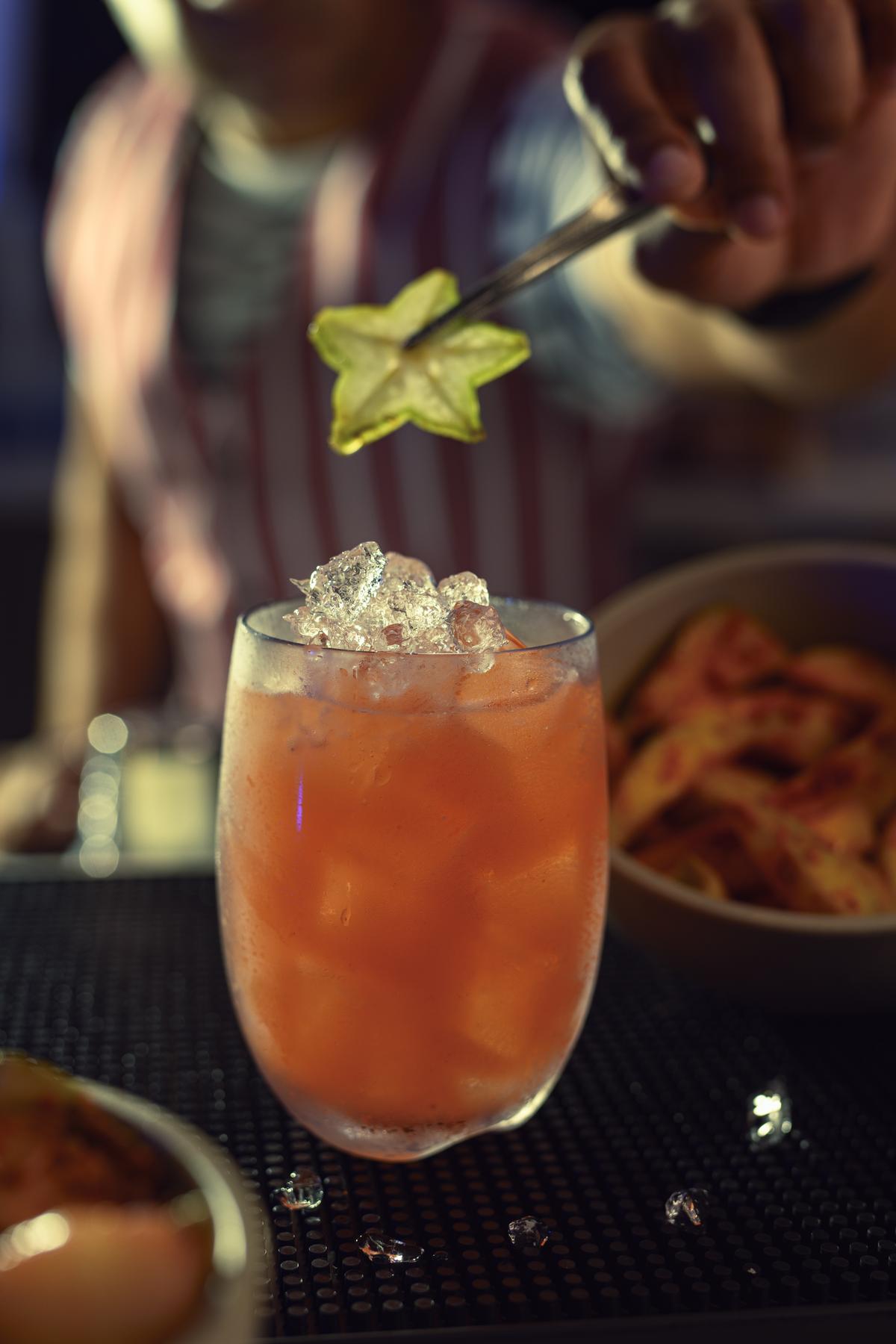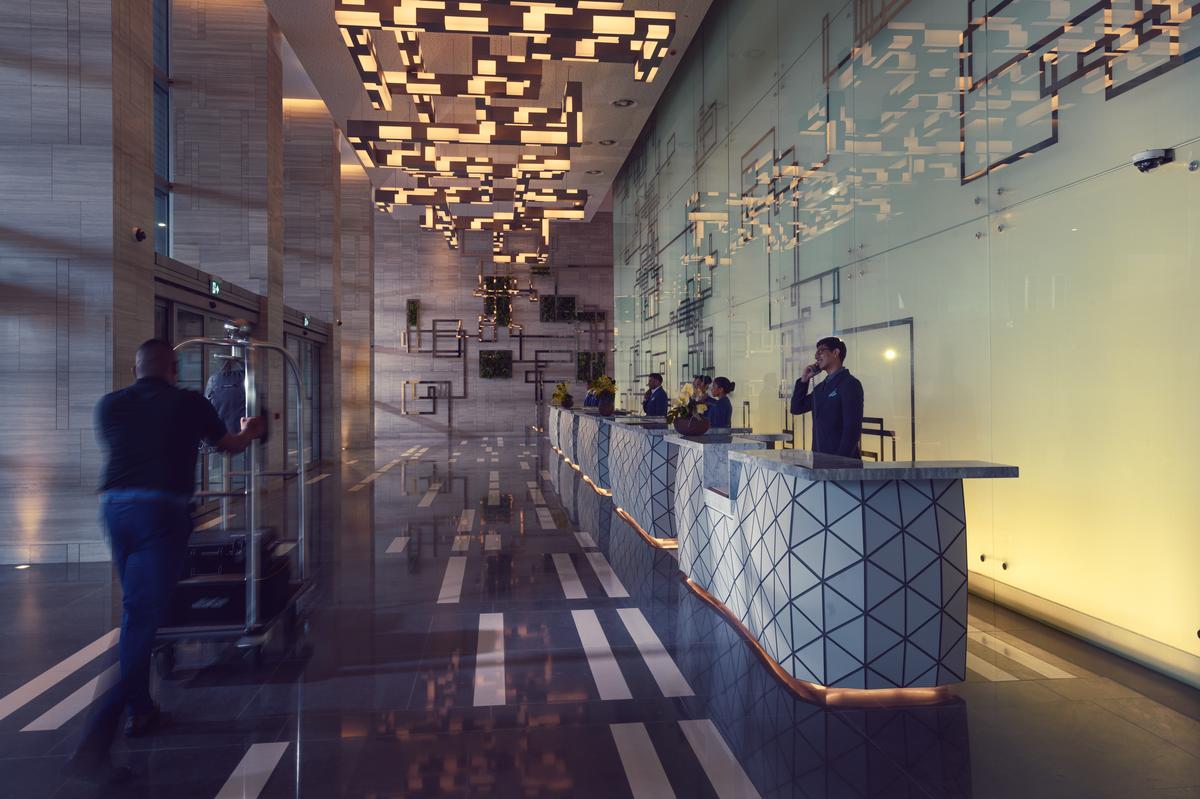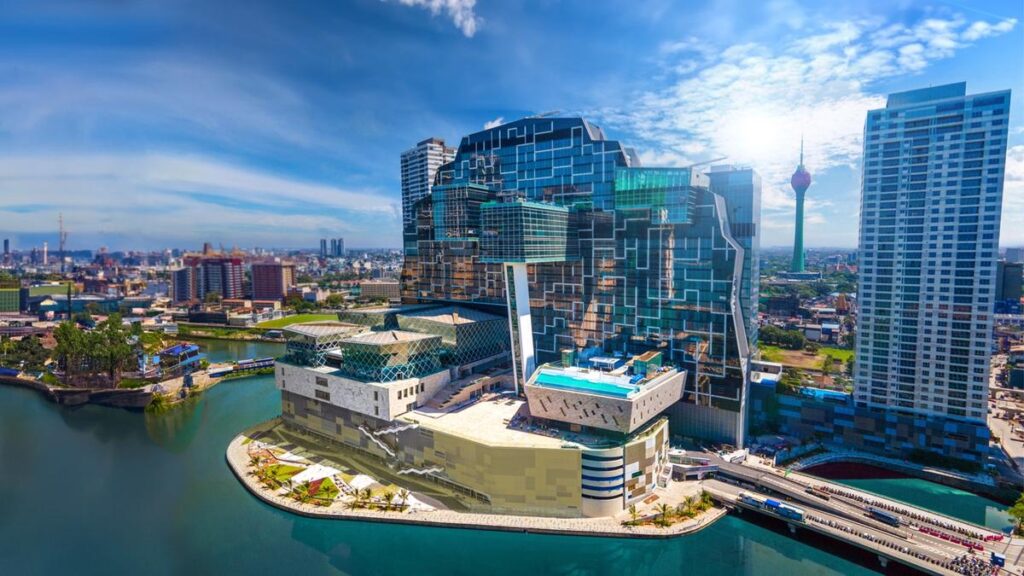970x125
Mohammad Akram weaves his autorickshaw through peak evening traffic in Colombo. It is almost 6.30pm and he promises a quick tour of the must-see spots. The capital city of Sri Lanka is lit up in evening lights as Mohammad, in crisp Tamil, lists the touristy places and things one must buy. “Tea, spices, and gems,” he says, his eye on the road. “What would you like to try first?” In Colombo, we discover, much like in Chennai, auto-drivers are the best tourist guides.
970x125
It is the night before the grand launch of City of Dreams Sri Lanka, said to be South Asia’s first integrated resort. The event is set to feature a performance by actor Hrithik Roshan and the resort is all set to receive guests from across the world. In between curated dinners and art and architecture walk-throughs, we slip outside for a taste of what is unapologetically Sri Lankan. Mohammad was among the many everyday people who were affected by the recent economic crisis in the island nation. But his autorickshaw saw him through it, and continues to do so.
Economic growth is among the many driving factors of the City of Dreams Sri Lanka, by John Keells Holdings and Melco Resorts & Entertainment. It is Sri Lanka’s largest investment so far that has set its eyes on attracting tourism from across South Asia. The resort features luxury hotels Cinnamon Life and Nüwa, apart from a casino, a shopping promenade, 17 signature restaurants and bars, event and meeting spaces, residences and offices.
The building itself is conceptualised like a work of art
| Photo Credit:
Special arrangement
Art, everywhere
The property takes art seriously, with around 30 pieces by Sri Lanka’s top artistes adorning its walls. This includes names such as Chathurika Jayani, Jagath Weerasinghe, Firi Rahman, and Priyantha Udagedara. Sajeewa Premaratne, senior assistant vice president, John Keells Group, takes us through the key works of art, that touch upon subjects of urbanisation and city building, history, flora and fauna of the island, and the ethnic conflict.

Quizine serves a variety of sambol that is somewhere between chutney and thuvayal.
| Photo Credit:
Special arrangement
“The building itself is conceptualised like a work of art,” says Sajeewa, drawing attention to the façade, interiors, the tile layout, ceilings, carpets, columns and lighting units. “Much like guard stones that can be found at the entrance of Sri Lankan temples, the building is positioned like the guard stone of Colombo,” he explains, adding that the structure is not defined by rigid boundaries. Prime numbers and mathematical models find their way in the design process.
Modern, yet, traditional
The property has the sea on one side and Colombo on the other, and has been designed such that there is a harmonious flow of energy and light all around. “The building has the Sri Lankan spirit, manifested in a more modern way. It is diverse and complex, also very simplistic,” explains James Balmond, the creative director of London-based Balmond Studio that has worked on the interiors for the property.

The food, while it has influences from Indian, Chinese and European cuisines, maintains local flavours at its core.
| Photo Credit:
Special arrangement
James takes us through the architecture of the building, that was built over a period of 12 years. “When the building was first conceptualised, our thinking was: with the sea on one side and the city of Colombo that is constantly evolving, the different ethnicities and constantly shifting kinetic ideas, it had to encapsulate all of that.”
What’s in the sambol?
The food too, while it has influences from Indian, Chinese and European cuisines, maintains local flavours at its core. The breakfast spread at Quizine at Cinnamon Life has an exclusive section for Sri Lankan food, with a live counter for egg appams and coconut roti. All had with sambol, of course.
Quizine serves a variety of the condiment that is somewhere between chutney and thuvayal. We try the coconut sambol with string hoppers: the powdery concoction of ground coconut, shallots, and red chillies is packed with flavour. There also is the sweet seeni sambol made of caramelised onions and a fierier version with powdered dry fish and coconut that is hugely popular among the locals.
Rumesh Fernando, the executive sous chef, says that sambol is had with appam, idiyappam and even rice. “It is called the rice puller,” says the 40-year-old. “No matter what we eat, we have a craving for a bit of sambol with it.” Rumesh is from the Moratuwa municipality in the southwestern coast of Sri Lanka and grew up eating fresh seafood every day.
“In our town, fishermen would distribute what they did not sell of the day’s catch among the people,” he recalls. While Sri Lankan cuisine is similar to South Indian food, Rumesh points out that they use generous amounts of coconut in every dish. “Our island is covered in coconut trees and we use coconut in various forms: we grind it to extract milk, grate it, cut it open to use its water…” While in fish curry too, the base is coconut, he says that instead of tamarind, goraka that is grown in Sri Lanka, is used to incorporate tanginess to the dish.

The building has the Sri Lankan spirit, manifested in a more modern way.
| Photo Credit:
Special arrangement
After a good meal, there is shopping at the in-house promenade to look forward to, and we also make plans for lunch at Cinnamon Life’s Indian restaurant, Indiya. The integrated resort’s location makes it convenient for us to explore Colombo too. But the idea, according to the people who dreamt up the place, is to spend entire holidays within its vast expanse.
The writer was in Colombo on invitation by City of Dreams Sri Lanka
Published – August 13, 2025 02:21 pm IST
970x125

